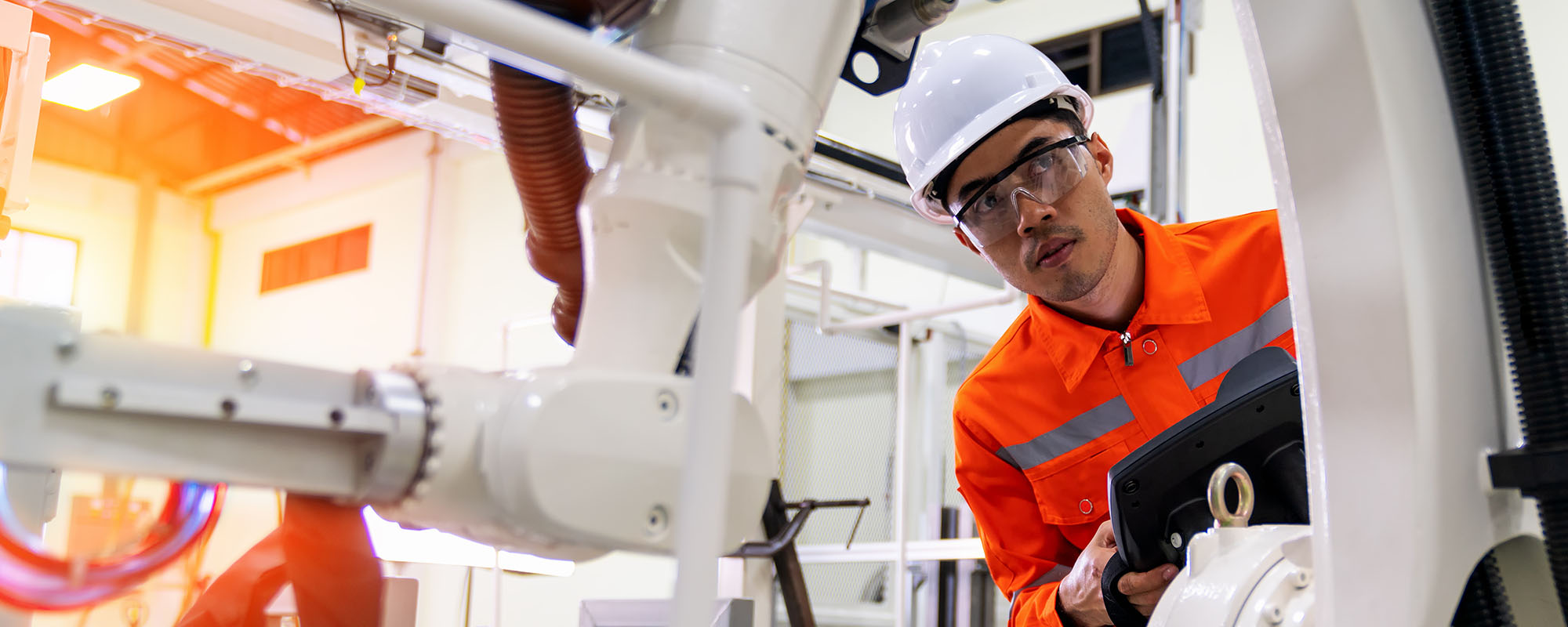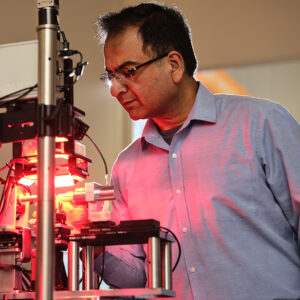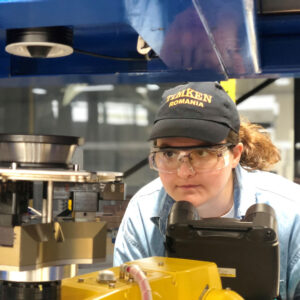Innovation
Vision Systems: Improving Efficiency for Today’s Workforce
People can “see” in ways they could not only a few years ago, thanks to emerging state-of-the-art imaging technology.
Part of a much larger global trend toward increased interconnectivity, optimized workflows and advanced automation — intelligent machine vision (MV) is the next generation of manufacturing inspection technology. These systems execute to user-defined applications and are extremely efficient at identifying, measuring and detecting variances in highly engineered components.
“Human beings are still the ultimate computer, the ultimate vision system. Our natural capacities are much better applied to more complex applications. And part of Timken’s success has always been its emphasis on nurturing talent in this direction.”
Ashish Vasil
Manufacturing R&D Manager
Prolonged labor shortages, exacerbated by current supply chain and workforce disruption issues, have made these systems vital to manufacturing, and the market for them is projected to grow exponentially in the coming years. Timken currently uses automated MV in plants around the world, where the technology is creating efficiencies while enabling existing workers to fill more value-added roles.
“Machine vision fills a critical need,” says Ashish Vasil, manufacturing R&D manager at Timken headquarters. “It’s simply not tenable for anyone to examine parts repeatedly, for extended lengths of time.”
Vasil began his career with Timken after earning his PhD at the University of New Mexico and creating MV systems at the Los Alamos National Laboratories. At Timken, he developed software to automate and modernize the company’s first high-volume, high-precision production facility.
Vasil designed and implemented innovative lighting setups and component defect-detection algorithms: “Our incentive was to create a more deterministic, more robust system,” he says. “We try to understand every aspect of the manufacturing process, including how an individual evaluates a part. Then, we translate this knowledge into an engineered solution that delivers consistent inspection performance.”
On the production line, the fully automated systems self-calibrate based on part geometry. The parts are presented to different cameras on multiple stations. At each station, the system images a part, learns it and intelligently adjusts the inspection algorithms for automated inspection.
“Previously, we had several inspectors working each shift on several lines and all were extremely grateful for the new system — because there are ten other things they could be doing,” says Vasil. “Now, for every few lines, we just have one person monitoring the system; the others were readily absorbed into better roles at the plant.”
It’s a win-win situation, according to Vasil.
“Human beings are still the ultimate computer, the ultimate vision system,” he says. “Our natural capacities are much better applied to more complex applications. And part of Timken’s success has always been its emphasis on nurturing talent in this direction.”
Learn more about Industry 4.0 and the macrotrends propelling Timken into the future.
Last Updated: 2023/10/3
Published: 2023/01/20


